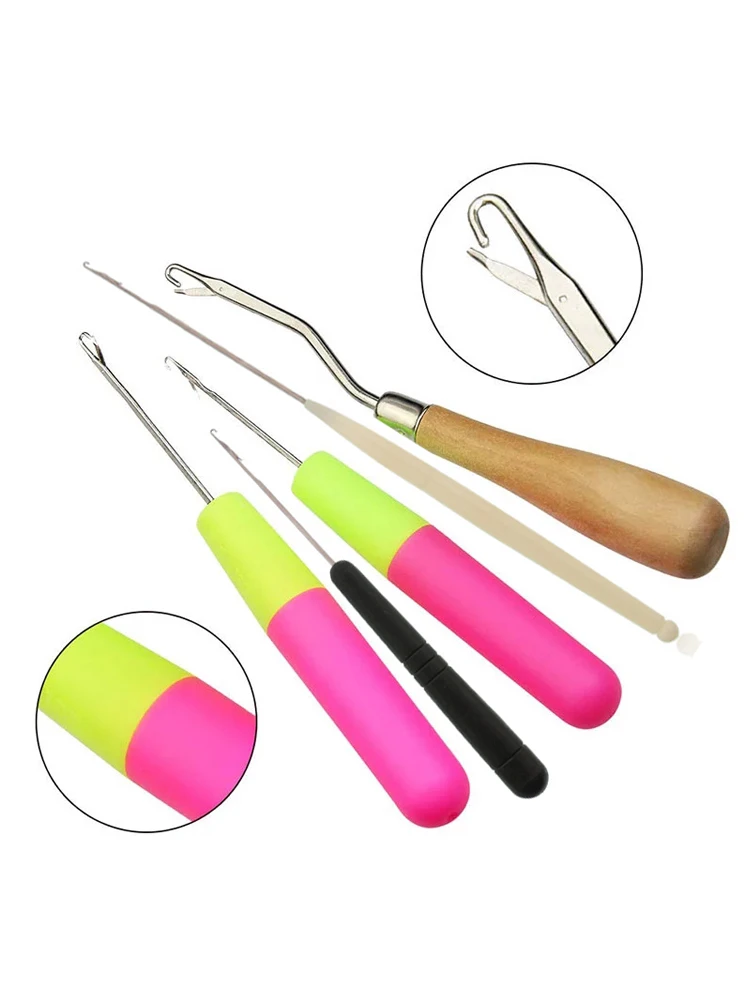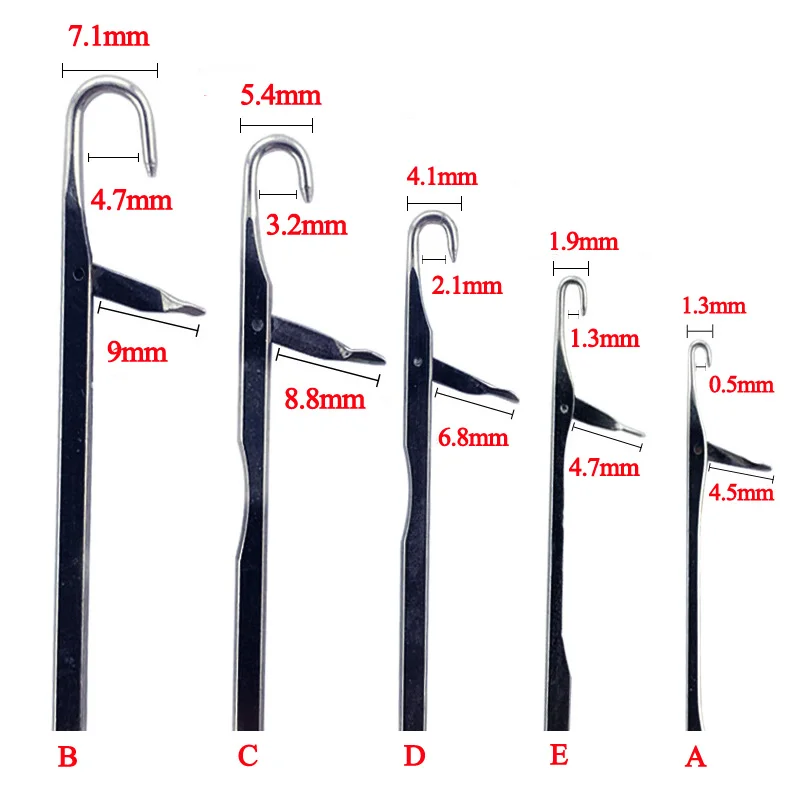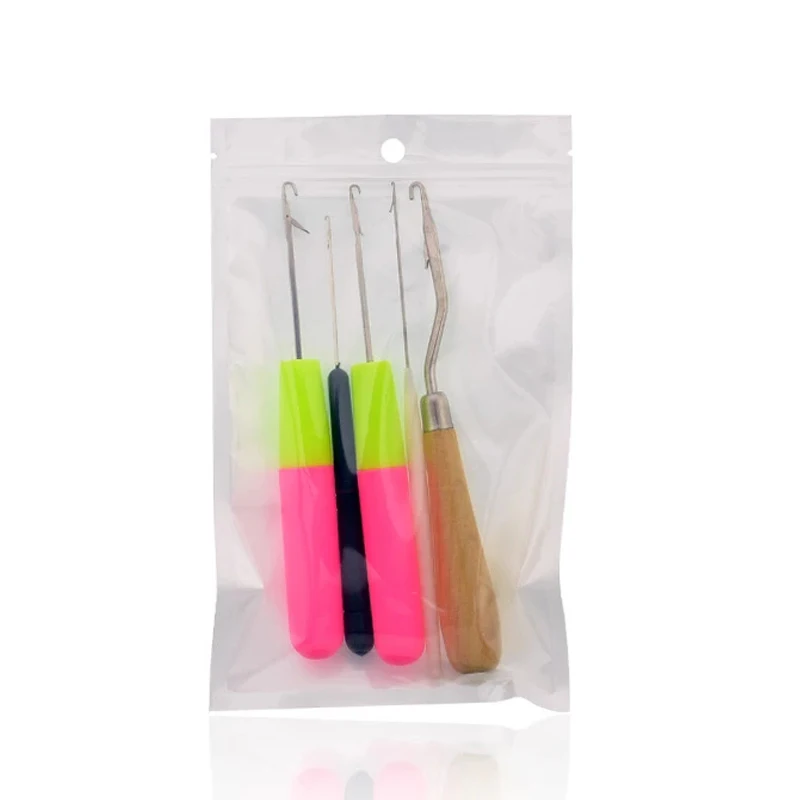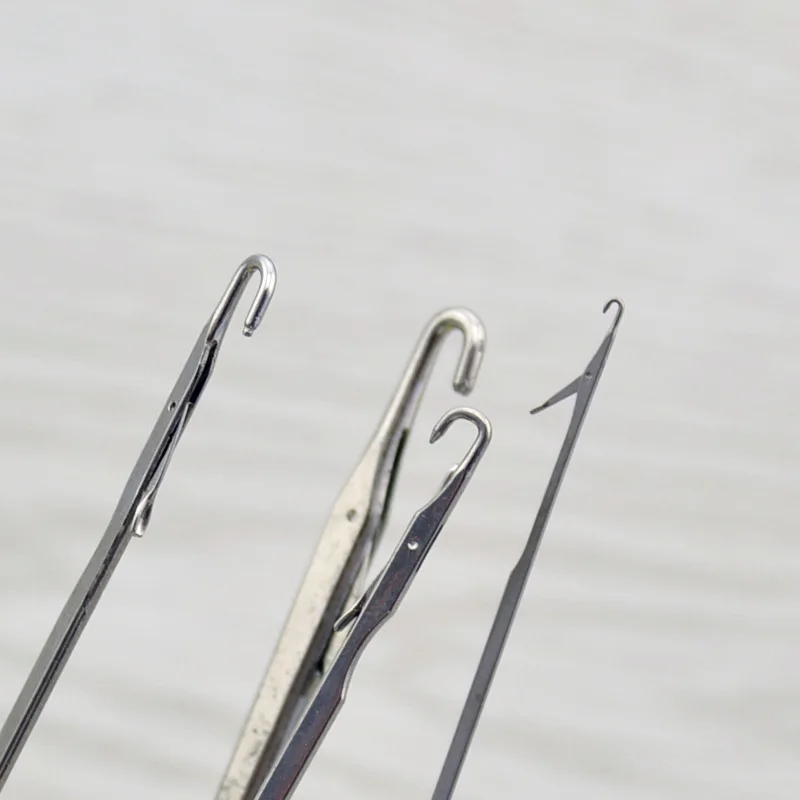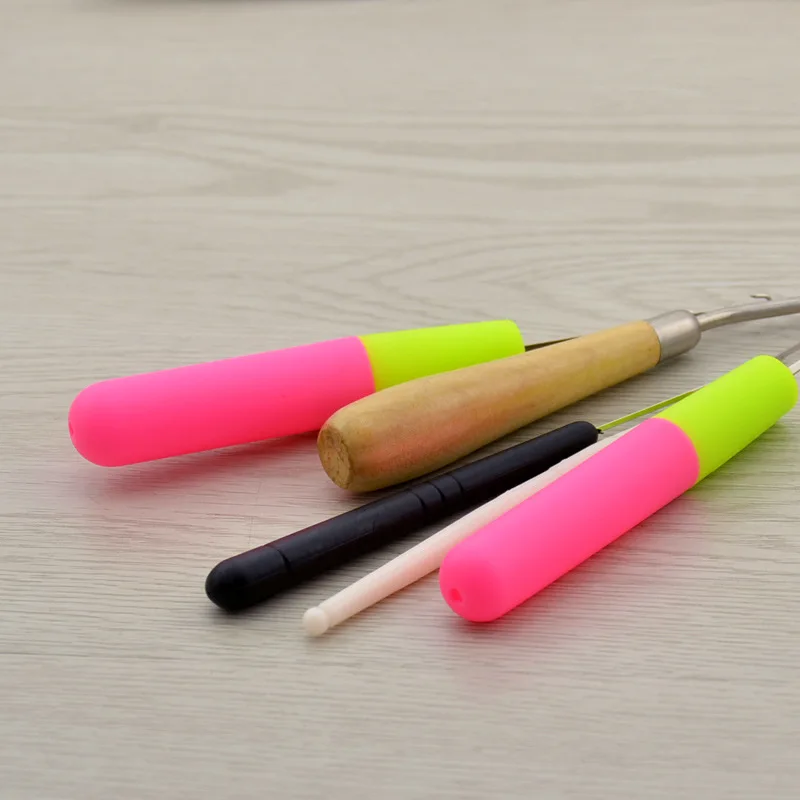Hair Extensions: A Comprehensive Guide to Transform Your Look
Welcome to the ultimate guide on hair extensions, where we delve into everything you need to know about this transformative beauty trend. Whether you are looking to add length, volume, or a touch of color to your hair, extensions can be a perfect solution. In recent years, hair extensions have gained immense popularity, becoming a go-to choice for many, from celebrities to everyday individuals seeking a glamorous change.
But what makes hair extensions so appealing? The answer lies not only in their versatility but also in the variety of options available. With numerous types of hair extensions on the market, each suited for different hairstyles and preferences, it can be overwhelming to figure out which is the best fit for you. From clip-ins and tape-ins to micro-link and sew-in extensions, there’s something for everyone.
Understanding how to care for your hair extensions is also crucial to maintaining their beauty and longevity. Proper care can enhance your extensions’ lifespan, making your investment worthwhile. Furthermore, knowing the best hair extension brands will ensure you’re choosing quality products that look and feel natural.
In this blog post, we will explore various hair extension application techniques, helping you understand how each method works and guide you to the right choice for your lifestyle and hair type. By the end of this article, you’ll have the knowledge you need to embrace hair extensions confidently and successfully.
So, if you're ready to unlock the secrets of beautiful hair with extensions, let's dive into the fascinating world of hair extensions and discover how they can elevate your style!
Types of Hair Extensions
Clip-In Extensions
Clip-in hair extensions are one of the most popular and user-friendly types of extensions available on the market. These extensions are designed to be attached and removed easily by the user, making them perfect for people who want to add length or volume to their hair temporarily.
Made from either real human hair or synthetic fibers, clip-in extensions come in various lengths, colors, and textures to match the user's natural hair. The application method involves parting your hair into sections, clipping in the extensions close to the root, and then blending them with your natural hair for a seamless look.
Ideal for special occasions or for a quick style change, clip-in extensions can be easily removed before bed, making them a great choice for those who prefer versatility in their hair styling.







